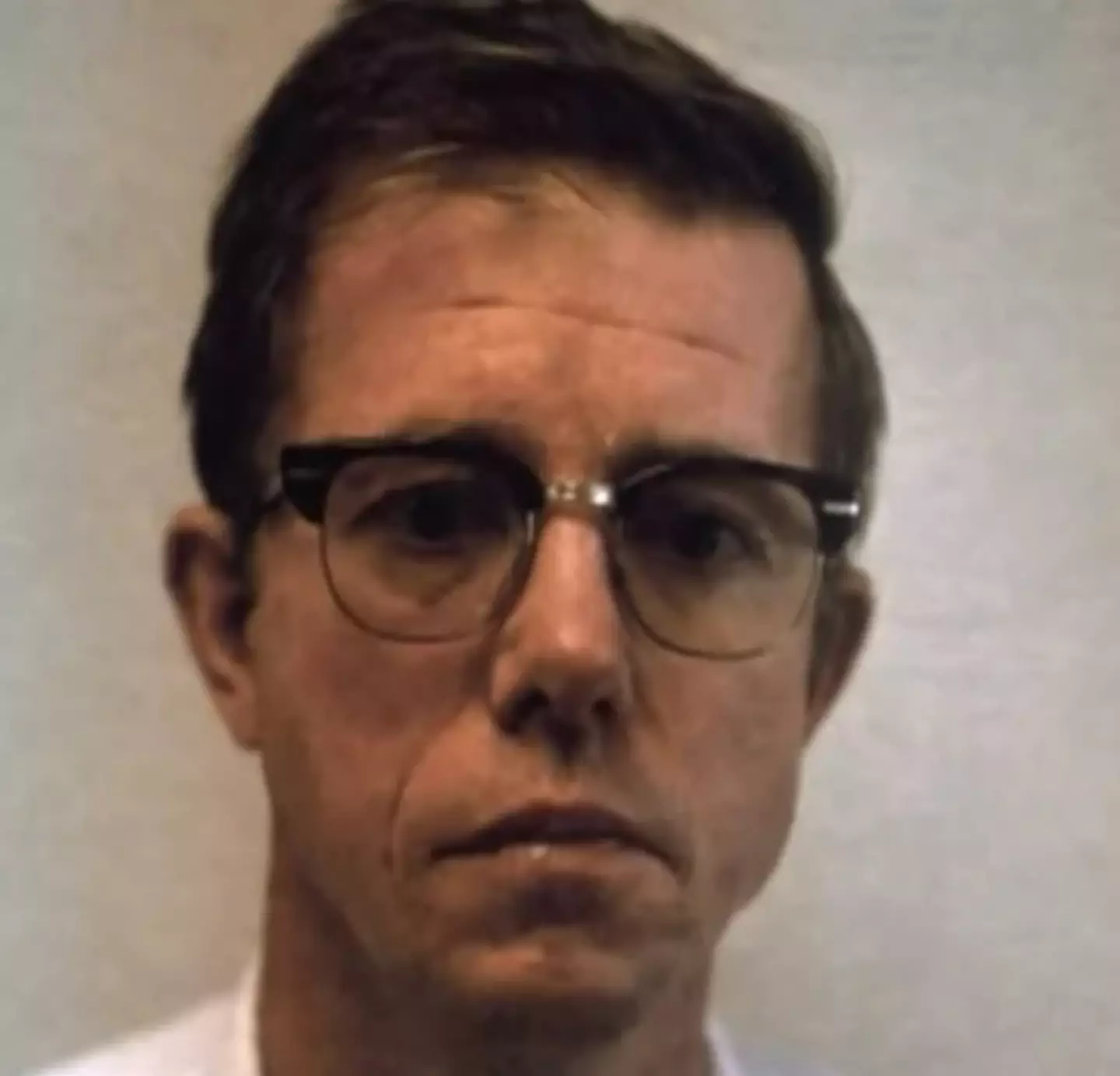The story of Robert Hansen, a serial killer who released the women he kidnapped into the remote wilderness so he could hunt them like animals, is straight out of a horror movie.
One day in 1983, 17-year-old Cindy Paulson was seen in handcuffs, running frantically down a street in Anchorage, Alaska.
She eventually managed to flag down a passing truck. Its driver, Robert Yount, was alarmed by Paulson’s disheveled appearance, so he took her to a nearby motel and called the police.
Paulson told authorities that she had been abducted by a man at gunpoint and taken to his home where she was chained by her neck to a post in the basement.
Before she escaped while the man was trying to ‘take her out to his cabin,’ she had been raped and tortured repeatedly.
That man was Robert Hansen, and Paulson wasn’t his only victim.

A&E
In the 1970s and 80s, Hansen would abduct sex workers and take them to his hunting lodge on an island in the remote Alaskan wilderness.
There, he would release them into the wild and hunt them like animals for hours – and sometimes, even days on end.
He is thought to have tortured, raped and killed at least 17 women.
If it wasn’t for Paulson, the death toll could have been much higher.
The 17-year-old was waiting in the back of his car while Hansen loaded his plane ready to take her to the island when she saw a chance to escape.
While his back was turned, she crawled onto the front seat, opened the driver’s side door and ran towards the nearby street where she was found.
She even left her tennis shoes behind as evidence that she had been in his car.
But, when Anchorage Police Department (APD) officers questioned Hansen, he denied Paulson’s accusations, stating that she was trying to cause trouble because he wouldn’t pay her extortion demands.
Despite a number of bodies being found near his property in the years surrounding Paulson’s escape, Hansen’s soft-spoken demeanor, along with an alibi from a friend, persuaded police not to pursue him as a suspect.

Alaskan Police Department
It wasn’t until the FBI provided a personality profile of the killer that local police realized Hansen was their man.
Supported by Paulson’s testimony and the FBI profile, the APD secured a warrant to search Hansen’s home.
There, they found a map marked with tiny ‘x’s, many of which matched sites where bodies had been found. Further bodies were later discovered at other locations on the map.
They also found souvenirs belonging to his victims and an array of firearms.
Hansen initially denied his crimes but eventually confessed to each item of evidence as it was presented to him, admitting to a spree of attacks starting in 1971.
He was soon arrested and sentenced to 461 years in prison without the possibility of parole. He died in 2014 of natural causes
